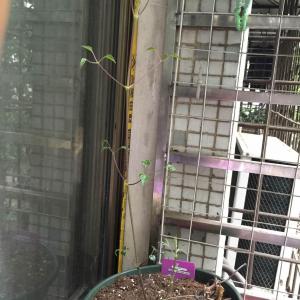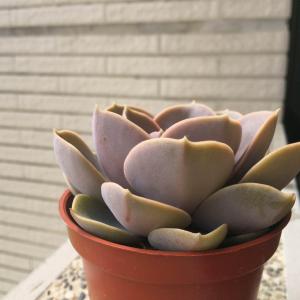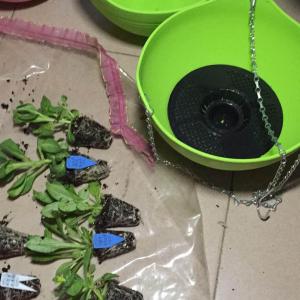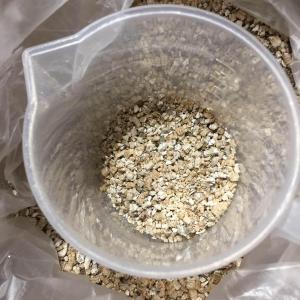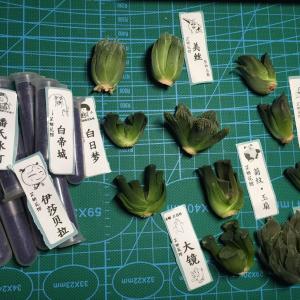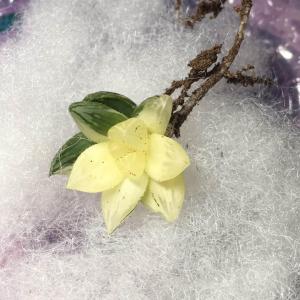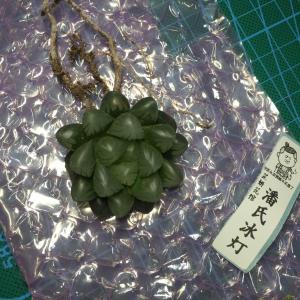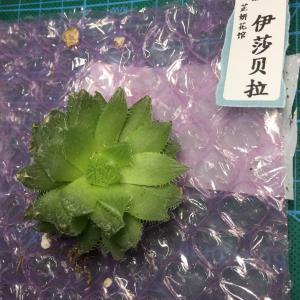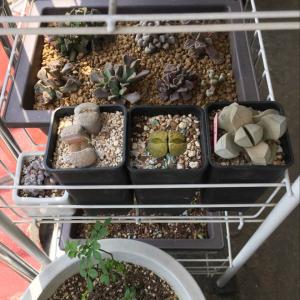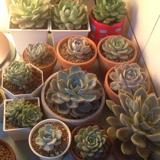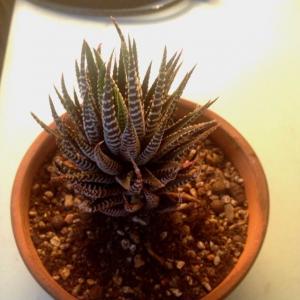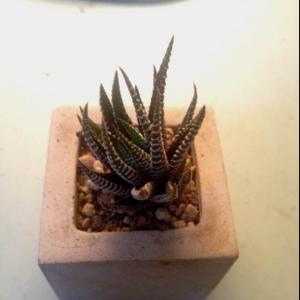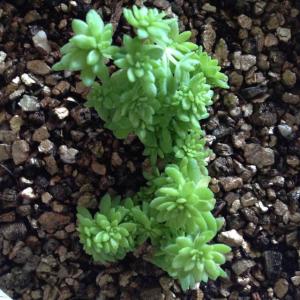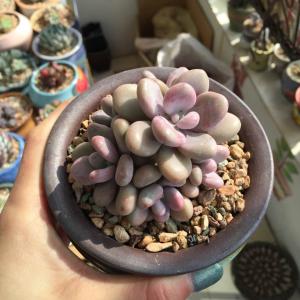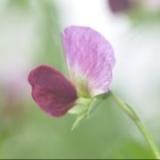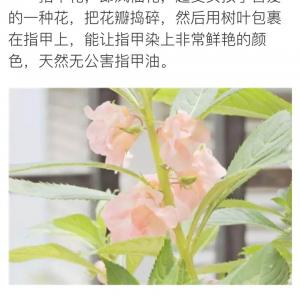文章
Abigal
2017年03月13日

Learn how to grow cloves in this clove cultivation guide. Growing cloves is somewhat similar to that of the other spices. The scent and flavor of cloves is intense and spicy with a hot note.
USDA Zones— 9b – 12
Difficulty— Moderate to Hard
Family: Myrtaceae
Other Names— Syzygium aromaticum (Scientific name), Bourgeon Floral de Clou de Girofle, Bouton Floral de Clou de Girofle, Caryophylli Flos, Caryophyllum, Caryophyllus aromaticus, Clavo de Olor, Clous de Girolfe, Clove Flower, Clove Flowerbud, Clove Leaf, Clove Oil, Clove Stem, Cloves, Cloves Bud, Ding Xiang, Eugenia aromatica, Eugenia caryophyllata, Eugenia caryophyllus, Feuille de Clou de Girofle, Fleur de Clou de Girofle, Flores Caryophylli, Flores Caryophyllum, Gewurznelken Nagelein, Girofle, Giroflier, Huile de Clou de Girofle, Kreteks, Laung, Lavang, Lavanga, Oil of Clove, Syzygium aromaticum, Tige de Clou de Girofle.

It is an evergreen tree and on favorable climates, it grows up to more than 8 meters high, while the cultivated varieties are of a smaller height of around 5 meters.
Clove tree trunk has smooth bark with grayish yellow aromatic foliage. It is a slow growing but a long-lived tree and can exceed 100 years of age easily.
How to Grow ClovesClove Cultivation
Growing cloves require humid tropical or subtropical climate. Constant temperature above 50 F (10 C) is essential, the optimum temperature for growing clove tree is around 70 – 85 F (20 – 30 C). You can not grow it outdoors in temperate zones. However, growing clove tree in a pot is possible if proper care is done in winters.
Propagation
Growing cloves from seeds and cuttings is possible. For seed propagation, buy seeds that are recently harvested and not dried out completely since completely dried out seeds are not viable and do not germinate.
Plant seeds as soon as you get them. The seeds don’t need to be covered with soil and should be placed on top of the soil. You can cover the pot or seed tray with the plastic sheet to increase the humidity.
Requirements for Growing Cloves

Position
For healthy and strong growth, it needs a tropical climate. The Clove prefers a semi-shaded exposure similar to black pepper. It can not withstand winter temperatures below 32 F (0 C). So do not plant it outside in an area with cold and harsh winters. However, it can tolerate occasional frosts.
Soil
Soil should be rich and loamy with good drainage and lot of organic matter.
Water
Clove tree grows in wet tropics. It requires regular watering especially when the plant is young (first 3-4 years). Overwatering must be avoided.
Fertilizer
Apply 50 kg aged manure or compost and bone meal or fish meal 2-4 kg per year. Usually, the organic fertilizer is applied in the beginning of rainy season in the regions where clove is cultivated. Once the plant starts to grow, apply 40-gram urea, 110-gram superphosphate, and 80-gram MOP, instead of MOP you can also apply potassium sulfate. The dosage must be increased and for the tree that is mature and older than 15 years apply 600 gm urea,1560 gm superphosphate and 1250 gm MOP per year.The fertilizer must be applied in equal split doses in shallow trenches dug around the plant after the end of summer.
Pests and Diseases
In diseases, it suffers from seedling wilt, leaf rot, leaf spot and bud shedding. Stem borer, scales, and mealybugs are the pests that attack it.
Harvesting
The cloves you use as a spice is actually the result of the harvest of dried unopened flower buds. A Clove tree starts to flower after 6 years of its planting if grown in favorable conditions. However, it takes at least 15 – 20 years reach the full bearing stage.
Because opened flowers are not valued as a spice the unopened buds are picked before they turn pink and when they are rounded and plump. At that time, they are less than 2 cm long. Harvesting must be done carefully without damaging the branches.
The buds once picked are dried in the sun or in the hot air chambers until they have lost two-thirds of their original weight and the color of the bud stem has darkened to dark brown and rest of the bud in slight brown color.
Properties and Benefits of ClovesClove is used in the ancient Chinese medicines and in traditional Ayurvedic medicines for its antiseptic and anti-fermentation properties.Clove is used as a disinfectant in the oral cavity and teeth. The action of clove covers micro-organisms, including viruses, bacteria and fungi. It also has analgesic or anesthetic properties.Additionally, it treats digestive disorders such as diarrhea, abdominal pain of spastic origin, bloating and dyspepsia. Since it is an antiseptic, it can also be used in a sore throat.Other Clove Uses
USDA Zones— 9b – 12
Difficulty— Moderate to Hard
Family: Myrtaceae
Other Names— Syzygium aromaticum (Scientific name), Bourgeon Floral de Clou de Girofle, Bouton Floral de Clou de Girofle, Caryophylli Flos, Caryophyllum, Caryophyllus aromaticus, Clavo de Olor, Clous de Girolfe, Clove Flower, Clove Flowerbud, Clove Leaf, Clove Oil, Clove Stem, Cloves, Cloves Bud, Ding Xiang, Eugenia aromatica, Eugenia caryophyllata, Eugenia caryophyllus, Feuille de Clou de Girofle, Fleur de Clou de Girofle, Flores Caryophylli, Flores Caryophyllum, Gewurznelken Nagelein, Girofle, Giroflier, Huile de Clou de Girofle, Kreteks, Laung, Lavang, Lavanga, Oil of Clove, Syzygium aromaticum, Tige de Clou de Girofle.

It is an evergreen tree and on favorable climates, it grows up to more than 8 meters high, while the cultivated varieties are of a smaller height of around 5 meters.
Clove tree trunk has smooth bark with grayish yellow aromatic foliage. It is a slow growing but a long-lived tree and can exceed 100 years of age easily.
How to Grow ClovesClove Cultivation
Growing cloves require humid tropical or subtropical climate. Constant temperature above 50 F (10 C) is essential, the optimum temperature for growing clove tree is around 70 – 85 F (20 – 30 C). You can not grow it outdoors in temperate zones. However, growing clove tree in a pot is possible if proper care is done in winters.
Propagation
Growing cloves from seeds and cuttings is possible. For seed propagation, buy seeds that are recently harvested and not dried out completely since completely dried out seeds are not viable and do not germinate.
Plant seeds as soon as you get them. The seeds don’t need to be covered with soil and should be placed on top of the soil. You can cover the pot or seed tray with the plastic sheet to increase the humidity.
Requirements for Growing Cloves

Position
For healthy and strong growth, it needs a tropical climate. The Clove prefers a semi-shaded exposure similar to black pepper. It can not withstand winter temperatures below 32 F (0 C). So do not plant it outside in an area with cold and harsh winters. However, it can tolerate occasional frosts.
Soil
Soil should be rich and loamy with good drainage and lot of organic matter.
Water
Clove tree grows in wet tropics. It requires regular watering especially when the plant is young (first 3-4 years). Overwatering must be avoided.
Fertilizer
Apply 50 kg aged manure or compost and bone meal or fish meal 2-4 kg per year. Usually, the organic fertilizer is applied in the beginning of rainy season in the regions where clove is cultivated. Once the plant starts to grow, apply 40-gram urea, 110-gram superphosphate, and 80-gram MOP, instead of MOP you can also apply potassium sulfate. The dosage must be increased and for the tree that is mature and older than 15 years apply 600 gm urea,1560 gm superphosphate and 1250 gm MOP per year.The fertilizer must be applied in equal split doses in shallow trenches dug around the plant after the end of summer.
Pests and Diseases
In diseases, it suffers from seedling wilt, leaf rot, leaf spot and bud shedding. Stem borer, scales, and mealybugs are the pests that attack it.
Harvesting
The cloves you use as a spice is actually the result of the harvest of dried unopened flower buds. A Clove tree starts to flower after 6 years of its planting if grown in favorable conditions. However, it takes at least 15 – 20 years reach the full bearing stage.
Because opened flowers are not valued as a spice the unopened buds are picked before they turn pink and when they are rounded and plump. At that time, they are less than 2 cm long. Harvesting must be done carefully without damaging the branches.
The buds once picked are dried in the sun or in the hot air chambers until they have lost two-thirds of their original weight and the color of the bud stem has darkened to dark brown and rest of the bud in slight brown color.
Properties and Benefits of ClovesClove is used in the ancient Chinese medicines and in traditional Ayurvedic medicines for its antiseptic and anti-fermentation properties.Clove is used as a disinfectant in the oral cavity and teeth. The action of clove covers micro-organisms, including viruses, bacteria and fungi. It also has analgesic or anesthetic properties.Additionally, it treats digestive disorders such as diarrhea, abdominal pain of spastic origin, bloating and dyspepsia. Since it is an antiseptic, it can also be used in a sore throat.Other Clove Uses
1
0



